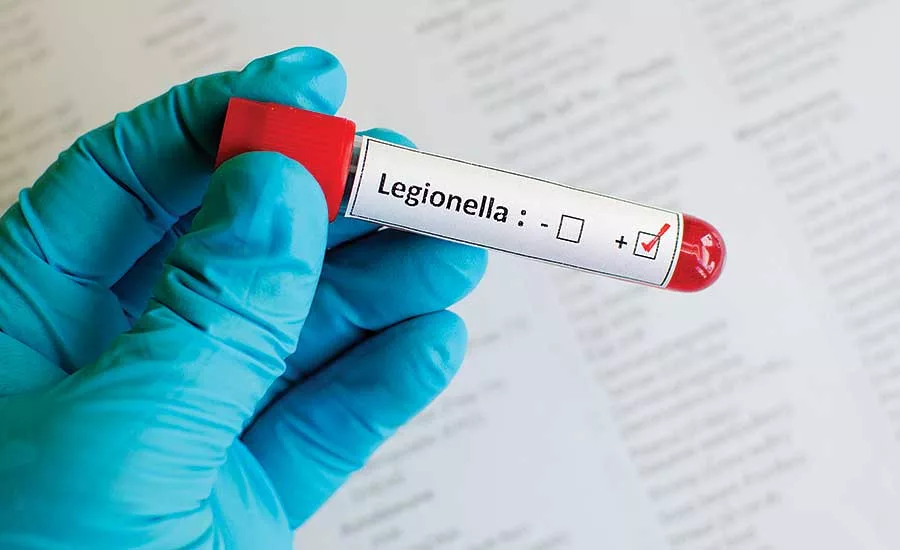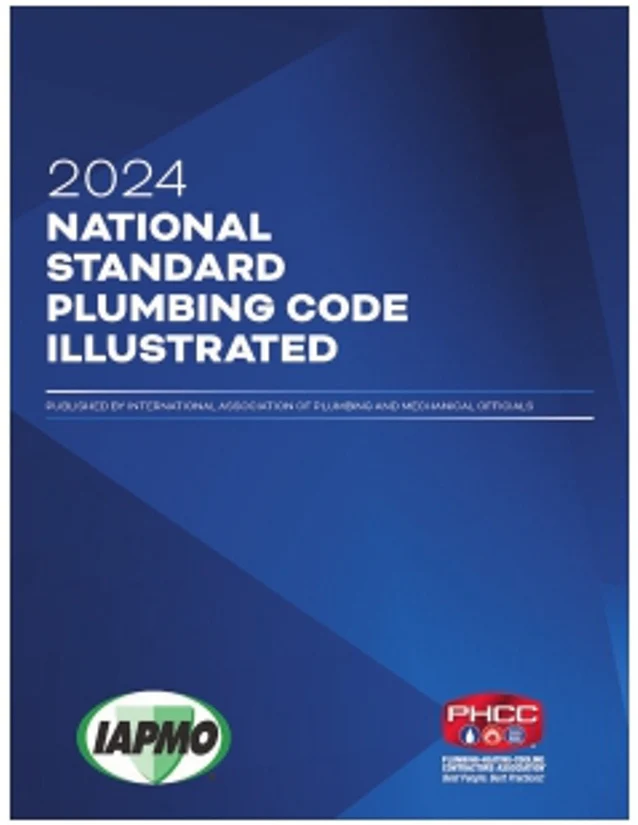Julius Ballanco: Legionella and the Plumbing Code
Legionnaires’ disease can exist in building water systems, but you can help reduce the risk.

The code-writing organizations are currently finalizing the 2021 edition of the Plumbing Code, which may be adopted in your state or local jurisdiction by 2023. That is how far in advance hot subjects that are being discussed now wait before becoming law.
Many of the hot topics in plumbing center on one word: Legionella. Legionella is the shortened word used to identify the bacteria that causes Legionnaires’ disease. Unfortunately for the plumbing profession, Legionella can exist in the potable water supply. If it does exist, it can multiply to the point of sickening building occupants with Legionnaires’ disease.
ASHRAE and legionella
You may hear mention of ASHRAE 188, “Legionellosis: Risk Management for Building Water Systems.” This is a risk-management standard that is designed to reduce possible exposure to the bacteria. There are many sections that reference plumbing systems in this standard.
While ASHRAE 188 is considered a fine standard, it has not been adopted by any of the plumbing or mechanical codes for the 2021 editions. However, some states and local jurisdictions have adopted the standard for certain types of buildings. If you do work in a hospital or health care facility, don’t be surprised if they ask for compliance with ASHRAE 188.
While ASHRAE 188 is not being referenced in the plumbing codes, some of the concepts within the standard are being analyzed. The issues involving plumbing include: temperature of the hot water, stagnant sections of piping or dead legs, slow-moving water, location of water heaters, and rarely used fixtures.
What should jump out at you should be two things — water not moving fast enough and lukewarm water. Without going into tremendously boring detail, Legionella multiplies, or grows very well, on a biofilm at water temperatures ranging from 85° to 110° F. Biofilm is that slimy stuff on the inside of a water pipe. It is also what is on your teeth in the morning before you brush.
If you move the water quickly enough, it is hard for a biofilm to grow. If you raise the temperature of the hot water above 131°, you start to kill off Legionella bacteria. The higher the water temperature, the faster you kill the bacteria.
New standards mitigate risk
Admittedly, the plumbing codes are having a difficult time trying to regulate these areas. So, rather than adding mandatory requirements, they are adding options that a plumbing contractor can use to reduce the risk of Legionella.
To balance the risk of scalding and Legionella, three new water heater standards were developed that will be referenced in the new plumbing codes. The three are identified as ASSE 1082, ASSE 1084 and ASSE 1085. The first two standards regulate water heaters to be equivalent to thermostatic mixing valves and temperature limiting devices. Rather than installing a thermostatic mixing valve to control the temperature of water and prevent it from exceeding 120°, you can install one of these newer water heaters in close proximity to the fixture.
Many, including myself, think these water heaters will be excellent for locations near public toilet rooms. Rather than long circulating loops of hot water, you can run short runs of hot water with a local water heater. The water heaters can provide upper temperature protection for faucets, sinks, bidets, bathtubs, whirlpool bathtubs and showers.
The key to these new style water heaters is the control of the outlet temperature. The outlet temperature must be within a few degrees of the setting. Furthermore, the controls prevent scalding by limiting the upper temperature to 120° maximum.
The third standard, ASSE 1085, regulates water heaters specifically designed for emergency fixtures, including emergency showers, eye-washing stations and face-washing stations. The water heaters supply water within the temperature range required for emergency fixtures.
The most common temperature setting is 85°. This is much lower than the average shower temperature which is around 103°. These water heaters will be ideal in solving the problem of providing tepid water to remote emergency fixtures.
Don't oversize
One of the issues often raised by Legionella experts is the oversizing of water piping systems. If the water runs too slowly through the piping, it is easier for a biofilm to grow on the piping. If you keep the velocity within normal ranges, 4 to 8 feet per second, it reduces the biofilm growth and sometimes helps to break up biofilm that has started to develop on the inside of the pipe.
IAPMO developed a new water sizing calculator that is designed for sizing residential water piping systems. Reference to the calculator will appear in the 2021 Uniform Plumbing Code. The calculator works on Excel and is free to download. To obtain your free copy, go to http://www.iapmo.org/water-demand-calculator/.
What you will find out using this calculator is how oversized we have been for residential water piping systems. If you use the sizes from the calculator, you will find water will run at better velocities through the piping. I have been impressed by how good this calculator is.
Plumbing contractors often ask me, “Do I have to wait until 2023 before I can use new technology such as the water pipe sizing calculator?”
The answer is, “No.” Each plumbing code has a section that allows you to use new technology today. We know how long it takes to go through the adoption process, so there has to be a faster way for accepting new technology immediately. The section addressing this is identified as alternative approval. Hence, if you see something that is approved in a later edition of the Plumbing Code that has not yet been adopted, don’t be afraid to request an alternative approval. With regard to the water pipe-sizing calculator, most plumbing codes already allow water pipe sizing to be engineered. The calculator does just that — it engineers the sizing.
The one thing that I need to emphasize is don’t scoff when you hear Legionella. This is an issue that we need to be cautious about in our water piping systems. Avoid having stagnant sections of piping that are at a temperature range of accelerate growth of the bacteria. In many ways, it is just smart plumbing design.
Looking for a reprint of this article?
From high-res PDFs to custom plaques, order your copy today!






